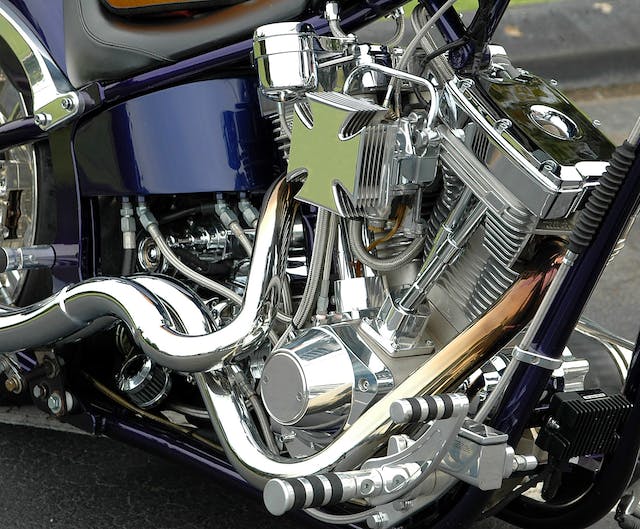Steel is a widely used alloy, primarily composed of iron and carbon. Manufactures often add other elements in varying proportions to achieve specific properties. In this post, we take a look at the main ingredients in steel.
What is the Manufacturing Process for Steel?
The process of making steel involves smelting iron ore with carbon-rich materials like coke (derived from coal) in a blast furnace. This process removes impurities and excess carbon, resulting in molten iron.
Manufactured then further refine the molten iron through processes such as basic oxygen steelmaking or electric arc furnaces. During this step, additional alloying elements can be added to achieve the desired composition and properties.

Steel is Known for its Versatility
Steel is known for its versatility and wide range of applications due to its strength, durability, and formability. It is used in construction, automotive manufacturing, infrastructure development, machinery, appliances, and countless other industries.
Different types of steel, such as carbon steel, alloy steel, and stainless steel, are produced to meet specific requirements and applications.
Finally, other alloying elements like chromium, nickel, manganese, and others are added to impart unique characteristics to the steel. This include corrosion resistance, heat resistance, and improved mechanical properties.
Main Ingredients in Steel
Steel is primarily composed of iron and carbon, with small amounts of other elements that can be added to impart specific properties. The main ingredients in steel are:
Iron
Iron (Fe) is the primary component of steel, making up the majority of its composition.
Carbon
Carbon (C) is a crucial alloying element in steel. It is present in varying amounts and affects the steel’s strength, hardness, and other properties. The carbon content in steel typically ranges from 0.2% to 2.1%.
Other Elements in Steel
In addition to iron and carbon, other elements are often added to enhance specific characteristics of the steel. These elements include:
Manganese
Manganese (Mn) is added to improve the hardenability, strength, and toughness of steel. It also helps in deoxidizing the steel during the manufacturing process.
Silicon
Silicon (Si) is used to deoxidize and improve the strength and electrical properties of steel.
Sulfur
Sulfur (S) is considered an impurity and is often minimized in steel production. This is because it can adversely affect the steel’s mechanical properties. However, it is sometimes intentionally added in small amounts for specific purposes.
Phosphorus
Like sulfur, phosphorus (P) is considered an impurity and is typically controlled to prevent brittleness in steel. However, small amounts of phosphorus can provide improved strength and machinability.
Trace Elements in Steel
Other elements often found in steel include Chromium (Cr), Nickel (Ni), Molybdenum (Mo).
These alloying elements are often added to create specific types of steel with enhanced corrosion resistance, hardness, or heat resistance. For example, stainless steel contains chromium for corrosion resistance.

Summary
We hope you enjoyed this brief article on the main ingredients of steel. Steel is an alloy, which is a combination of different metals. The exact composition of steel can vary depending on its intended use, but it is primarily composed of iron and carbon.
Additionally, manufacturers often tailor the alloy to achieve specific mechanical, thermal, or chemical properties by adding different amounts of various elements.
Check out our other educational quick hits, including common types of knife blade steel.